Learning About the Land Reading List
July 19, 2021
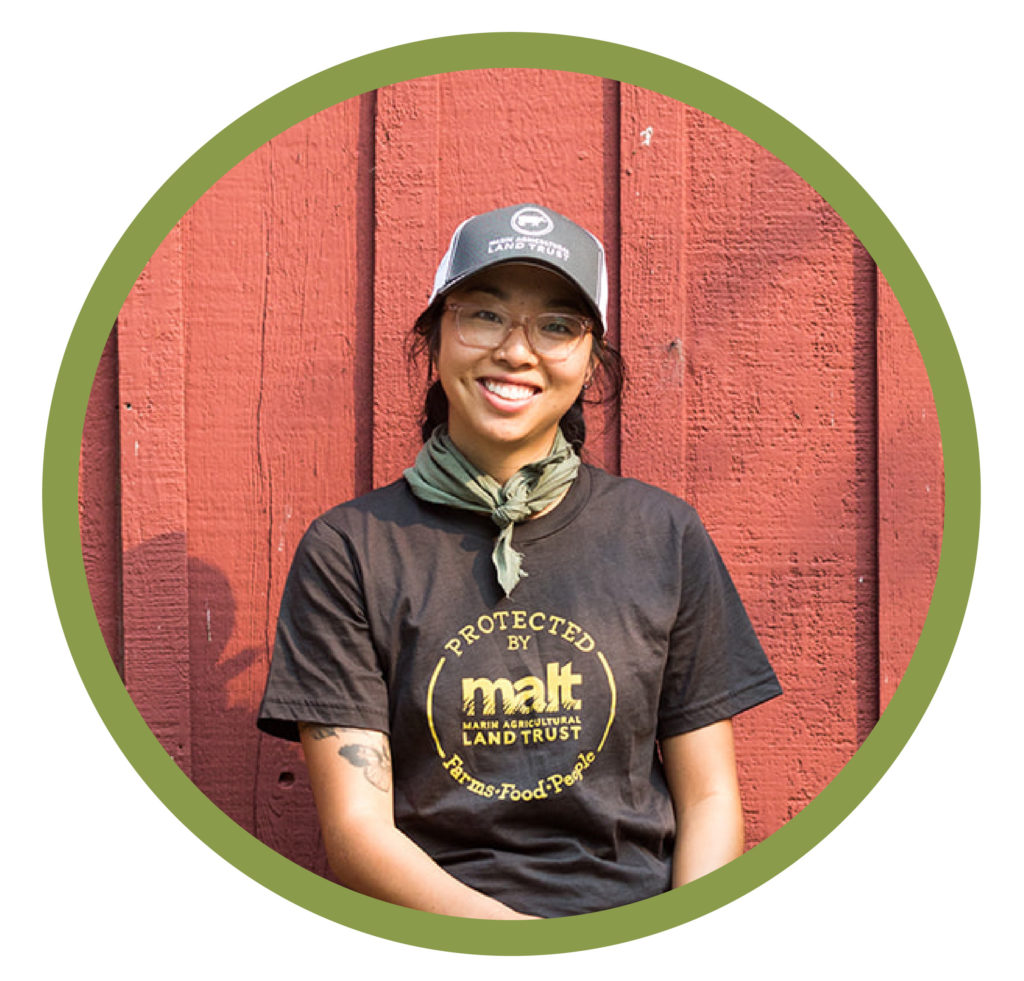
As we endure the worst drought seen in California in over 50 years, prepare for a fire season that is already ravaging regions across the West, and reflect on the global pandemic and the inequities illuminated in the last year and a half — within the fields of agriculture and conservation and across all social structures and systems — it is difficult not to ask: How did we get here? Does it have to be this way? And how can we change our trajectory?
Like any big issue, it’s best to take a step back and learn about the origins of the problem. What actions were taken historically that led us to where we are now? In the past year and a half, the MALT team has reflected deeply on our lives, our work and the land. Together we’ve explored the questions outlined above — through literature, webinars and thoughtful discussion.
As we continue to learn and reflect, we want to share a brief reading list of titles and subjects that have helped shape our understanding of the land that sustains us, and that have helped us build stronger connections to the soil beneath our feet. Below is a list of books that MALT staff members have found impactful in understanding the land — through the soil, through the work of innovative agriculturalists around the country and through our region’s indigenous and ecological histories. We invite you to join our learning journey, reflect on these questions and share any other resources you find inspiring.
Learning About the Land Reading List:
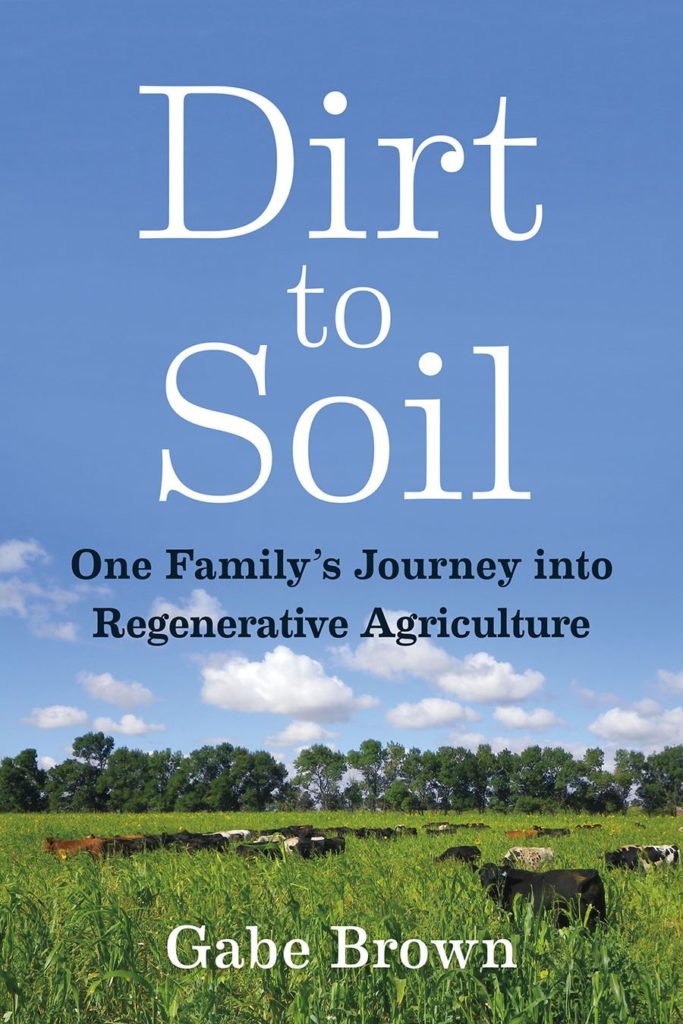
An unexpected journey of how one family farm in North Dakota was saved after a series of crop failures by experimenting with innovative, regenerative agricultural practices focusing on soil restoration. Gabe Brown takes you through his transformative journey spanning more than 20 years, building several inches of topsoil and economic stability for his farm. As MALT looks to model regenerative, inclusive agriculture in collaboration with our community, we find inspiration in stories like Gabe Brown’s, along with other innovative farmers and ranchers found right here in Marin and throughout our region.
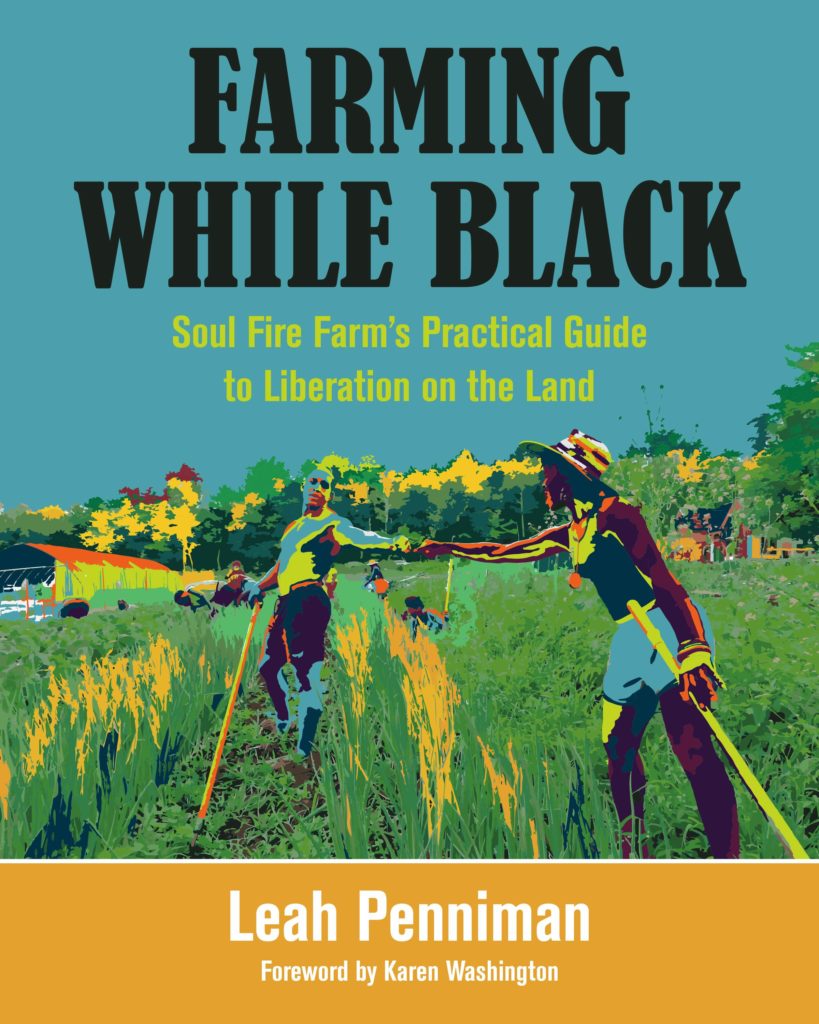
“Farming While Black” provides a distinct look at the contributions to sustainable agriculture by African-heritage peoples, while offering a comprehensive farming guide for African-heritage folks who aspire to reclaim their rightful agency over their food and food systems. Leah Penniman offers technical information on starting a small-scale farm, designed for farmers and gardens at all experience levels who seek a fresh perspective. “Stewarding our own land, growing our own food, educating our own
youth, participating in our own healthcare and justice systems,” Penniman writes, “this is the source of real power and dignity.” Leah Penniman is the co-founder and farm manager of Soul Fire Farm, “an Afro-Indigenous centered community farm committed to uprooting racism and seeding sovereignty in the food system.” MALT looks toward inspiring organizations like Soul Fire Farm as we envision a more inclusive agriculture system.
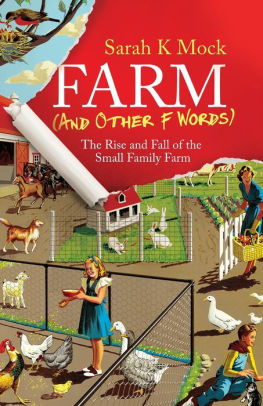
Sarak K Mock has spent the last decade exploring farms across America and around the world to better understand the global and national food system, both present and past. Derived from these experiences, Mock puts forward an alternative perspective to American farming and how we can move toward a radically different food system — one that is progressive, innovative and equitable. The work to build a more just food system takes community, and MALT staff have been inspired by the stories of the progressive agriculturalists and entrepreneurs found in this book.
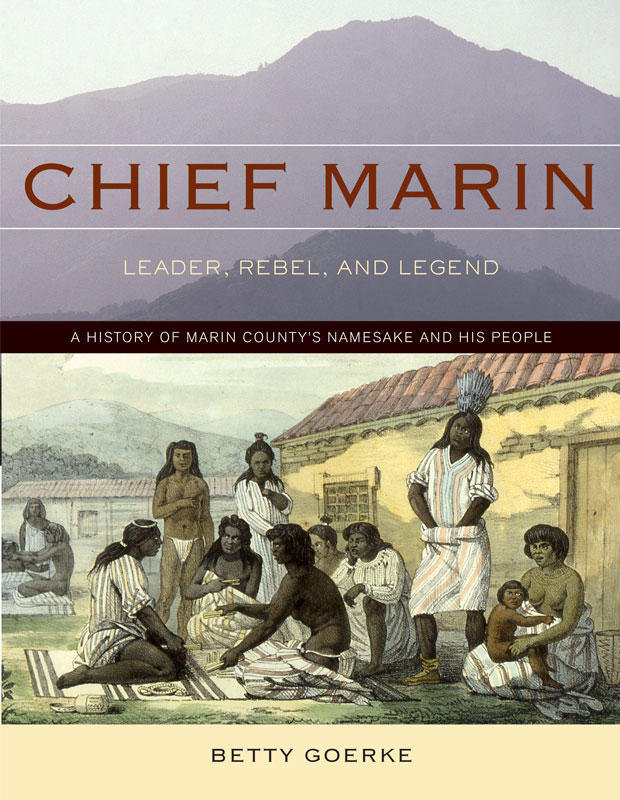
For tens of thousands of years, the Bay Area has been home to incredibly diverse groups of Indigenous peoples with intricate and advanced cultures. Through ethnographies, mission records, diaries, correspondences and personal accounts, Betty Goerke produces a life portrait of a well-known Coast Miwok chief, Chief Marin, while weaving together the indigenous history and culture of Marin County. “Chief Marin” helps us better understand the peoples and natural world prior to and during European colonization, the mistreatment, removal
and exclusion of Coast Miwok communities and the vibrant Indigenous communities that are still present today in Marin and Sonoma counties. MALT is in the process of learning and relearning our region’s history as we work to become a more diverse and inclusive organization.
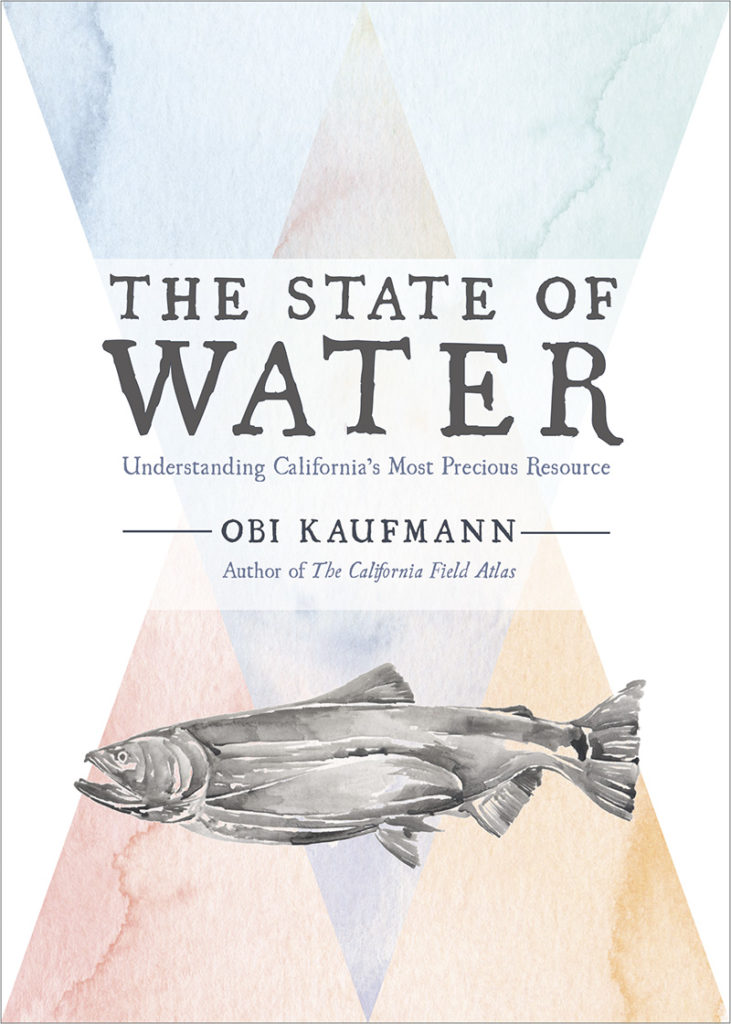
“The State of Water” explores California’s complex issue of water. As we continue to live through worsening droughts, this book provides a broad perspective on how we got to where we are and why. Michael Kowalewski, a Lloyd McBride Professor of English & Environmental Studies at Carleton College, describes this book as “equal parts pragmatism and whimsy.” He continues: “this exploration of water in California by the artist-naturalist Obi Kaufman is a delight from start to finish. A kind of scientific wonder cabinet, this
splendidly illustrated reference manual has something for anyone interested in water in the Golden State. From sturgeon and river otters to vernal pools and diversion dams, The State of Water offers fresh new ways of thinking about California’s waterscape that replenish and revitalize the groundwater of our aquatic imagination.”
We hope you enjoy these readings!
– Lexi Fujii, MALT communications and development coordinator
P.S. We’d love to encourage you to shop at your local bookstore or other online small business bookstores!